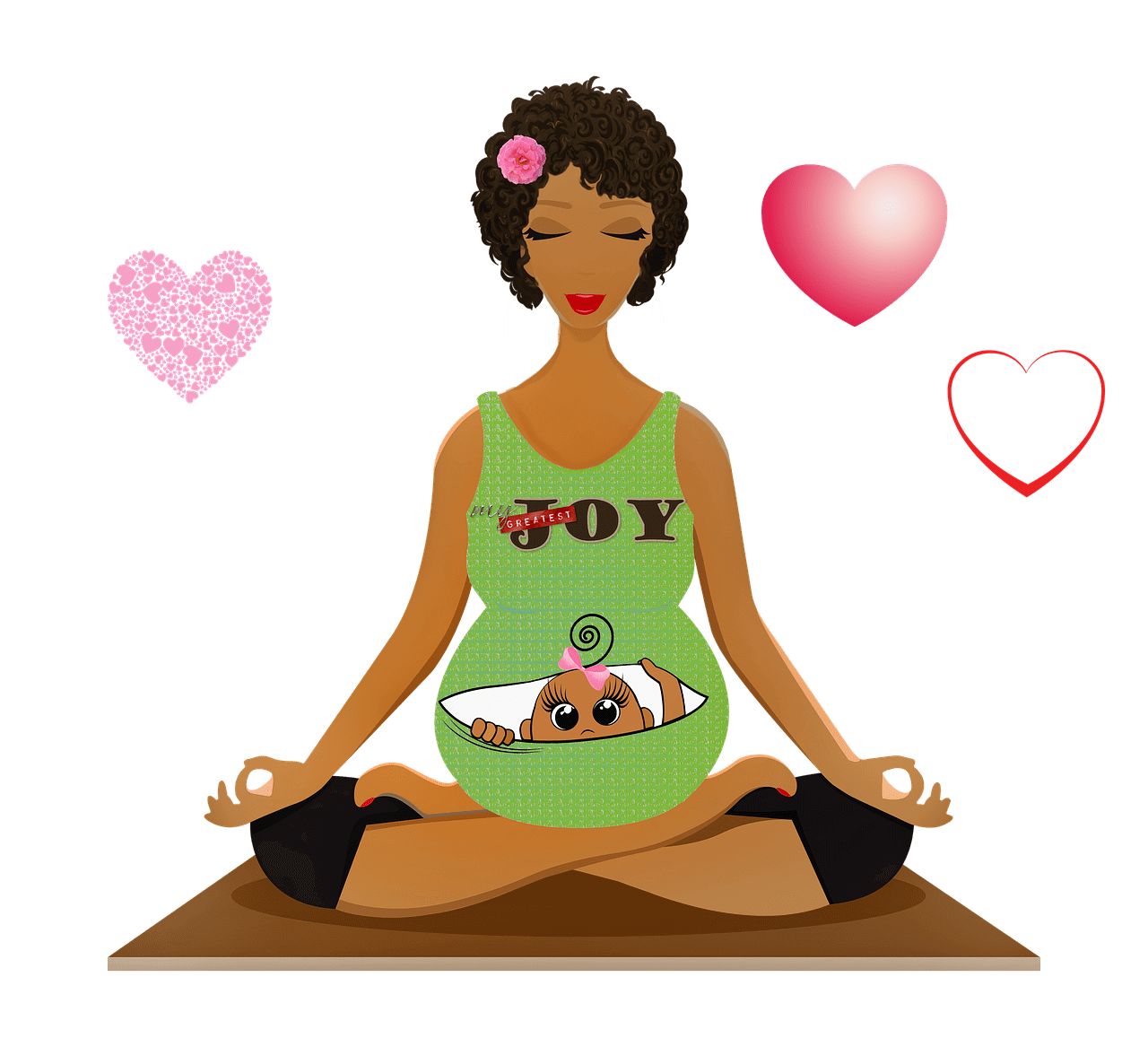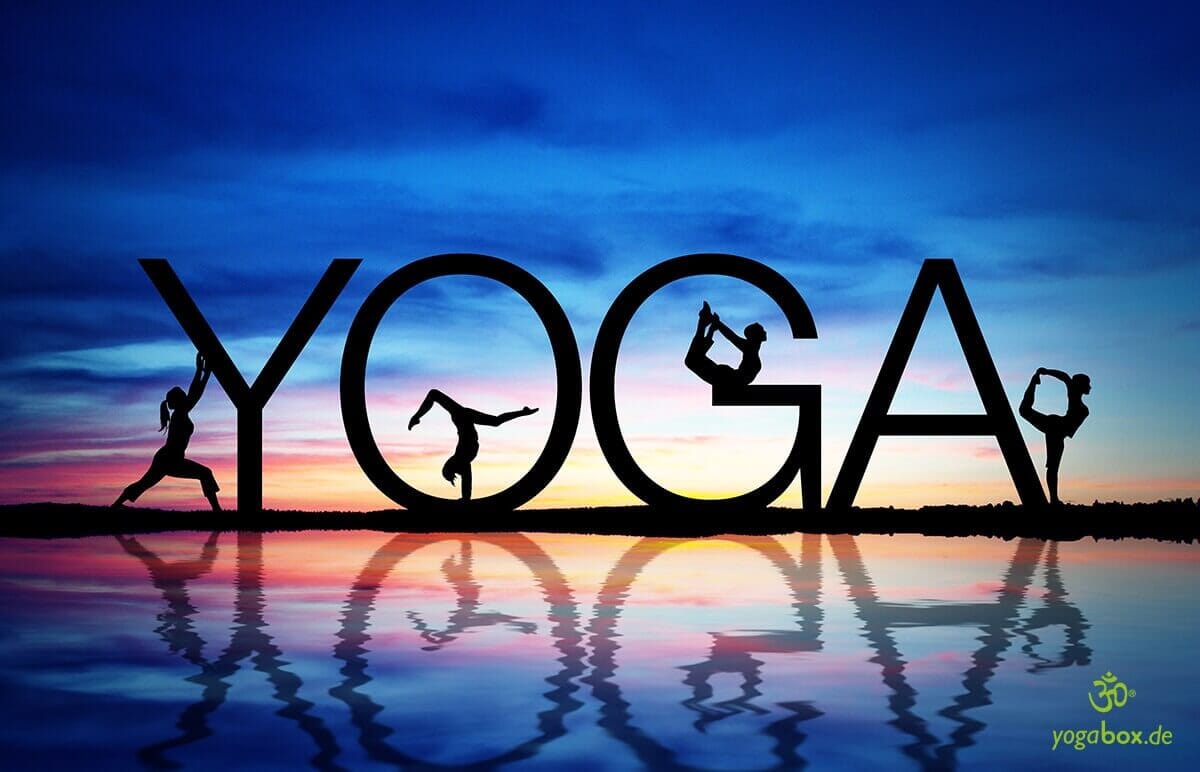You meet yogis and look at their plates. What do you notice? They mostly eat vegetarian and often even vegan diets. Why do so many yoga enthusiasts choose this lifestyle? Are there purely health reasons behind it or are there also ethical ones? We'll answer all these questions in this article. So stay tuned.
Yoga and vegan living: non-violent and conscious
Anyone who practices yoga daily will eventually ask themselves how they can bring mindfulness, awareness, health, and growth into their everyday lives.
To embark on the path to enlightenment, it's not enough to simply participate in the yoga boom and practice Hatha, Vinyasa, or other yoga styles. In addition to asanas, other behaviors are considered essential for spiritual growth.
1. Non-violence (Ahimsa) plays an important role.
“ahimsa pratishthayam tatsannidhau vairatyagah” – this phrase means something like “Those who think, speak and act non-violently create a peaceful environment.”
Therefore, it is not only important to be peaceful on the outside (for example, eating a vegan diet), but also to be loving towards ourselves and others in everyday life.
2. The next important point is purity (Saucha).
“sautchat sva-anga jugupsa paraih asamsargah” – these words mean: Whoever purifies himself internally and externally, frees himself from external influences (by things or people)
It is important to cleanse yourself on all levels: showering regularly, using a tongue scraper, and maintaining inner purity, which we can neglect or damage through external factors (a bad movie, a stupid conversation, or animal products).
Do yogis have to live vegan?
The compelling answer to this question is "No, not necessarily" – even though these two sutras presented above indicate that abuse of force achieves nothing – on any level. Factory farming, poor working conditions, etc., should not be supported.
Nevertheless, everyone, including anyone who loves yoga, is free to eat as they wish. Expert statements also confirm this assumption. Various gurus offer different views. While some advocate for living the most ethical lifestyle possible (which includes avoiding animal products), others emphasize that eating meat in itself is not a problem.
Guru BKS Iyengar, for example, explains that the decision whether or not to eat meat also depends on one's origins. This varies drastically depending on the country in which a person is born. In his work "Light on Yoga," he wrote that the inner propensity for violence is a state of mind and does not depend on whether a person eats meat or not. Therefore, you don't have to worry if you regularly practice asanas on your mat but consume meat, milk, fish, and eggs. However, you may find yourself changing your diet over time. This is because it allows for significantly greater spiritual development.
For other gurus, a vegan lifestyle is a prerequisite for living in the spirit of ancient yoga teachings. They emphasize that the greatest pain and suffering can be prevented through conscious decision-making about what ends up on one's plate.
In summary, vegan food is desirable—however, it's not suitable for everyone, and therefore not for every yogi. The most important thing is to take care of your own health and have compassion for yourself and others.
Is a vegan diet healthy?
In this context, the question naturally arises as to whether a cruelty-free diet without milk, eggs, meat or fish is healthy for the body.
According to the German Nutrition Society, it is possible to follow a vegan diet at certain stages of life. Pregnant women, breastfeeding women, and children should exercise particular caution. However, it is generally possible, as many women already follow a purely plant-based diet during pregnancy and also raise their children without animal products—and in excellent health.
Important : Everyone, regardless of whether they are vegan, vegetarian, or omnivorous, should have their blood levels checked regularly. This way, a deficiency can be ruled out. Vitamins B12 and D3, in particular, should be supplemented if the dosage in the blood is too low. In everyday life, it is sometimes difficult to absorb vitamin D3. This is actually a hormone that can be absorbed through exposure to the sun. In winter, production is not possible in our latitudes. It is therefore advisable to have your blood levels checked during this season and to look for a high-quality supplement if necessary. Vitamin B12, on the other hand, is absorbed through the consumption of meat, as cows are also supplemented with it. However, vegans do not have to get their vitamin B12 from living organisms - plant-based sources are also an option.
Other critical nutrients include iodine, zinc, selenium, omega 3, and iron . Attention should be paid to consuming the following foods:
Iodine is found in seaweed (nor seaweed from sushi)
Zinc can be obtained by eating oatmeal or pumpkin seeds.
Selenium is found in Brazil nuts
Omega 3 can be obtained through flax seeds, chia seeds or walnuts.
Iron is found in green leafy vegetables or tahini.
Proteins are often viewed as critical, but with a normal, balanced plant-based diet with plenty of fruits, vegetables, legumes, whole grains, nuts, and seeds, this is not a problem. These foods should also be on the table every day to provide all the other nutrients—for breakfast, lunch, and dinner.
Why do animal products harm humans?
Yoga teachers have many different views and opinions on vegan nutrition. Nevertheless, some points are clear. Cooking a purely plant-based recipe with wholesome ingredients is good for your health. On the other hand, when you eat meat or other animal products, you absorb not only the hormones (added to the animals), but also the stress and anxiety (from the moment the animal is slaughtered or the time it was mistreated). This is something to consider.
Milk also contains numerous hormones that are unhealthy and unnecessary for humans. The milk is intended for the calf, not for a foreign breed.
In addition, animal foods contain a high proportion of unhealthy animal fatty acids, which are not beneficial for the body.
What is the right path for you?
Now you've heard a broad overview of the different aspects of yoga and veganism. Ultimately, it's up to you to decide what's right for you.
Along the way, you can experiment and find the middle ground that suits your nature. Perhaps this means eating some animal products at first.
The following tips can help:
Sign up for a yoga retreat or a yoga vacation. Here, you can discover a wide variety of vegan delicacies and delve deeply into the teachings of yoga. This will give you a foundation for freely choosing how you want to live.
Daily meditation on your favorite cushion should be part of your daily routine. This can help you learn to better understand your inner voice. Yoga practice can also help you with this.
Try a plant-based diet with great superfood recipes and see how you feel. Is your mind clearer? How does your body feel? Ayurveda could inspire you.
Have you already explored a vegan diet? Do you eat a vegan diet and practice yoga daily?















